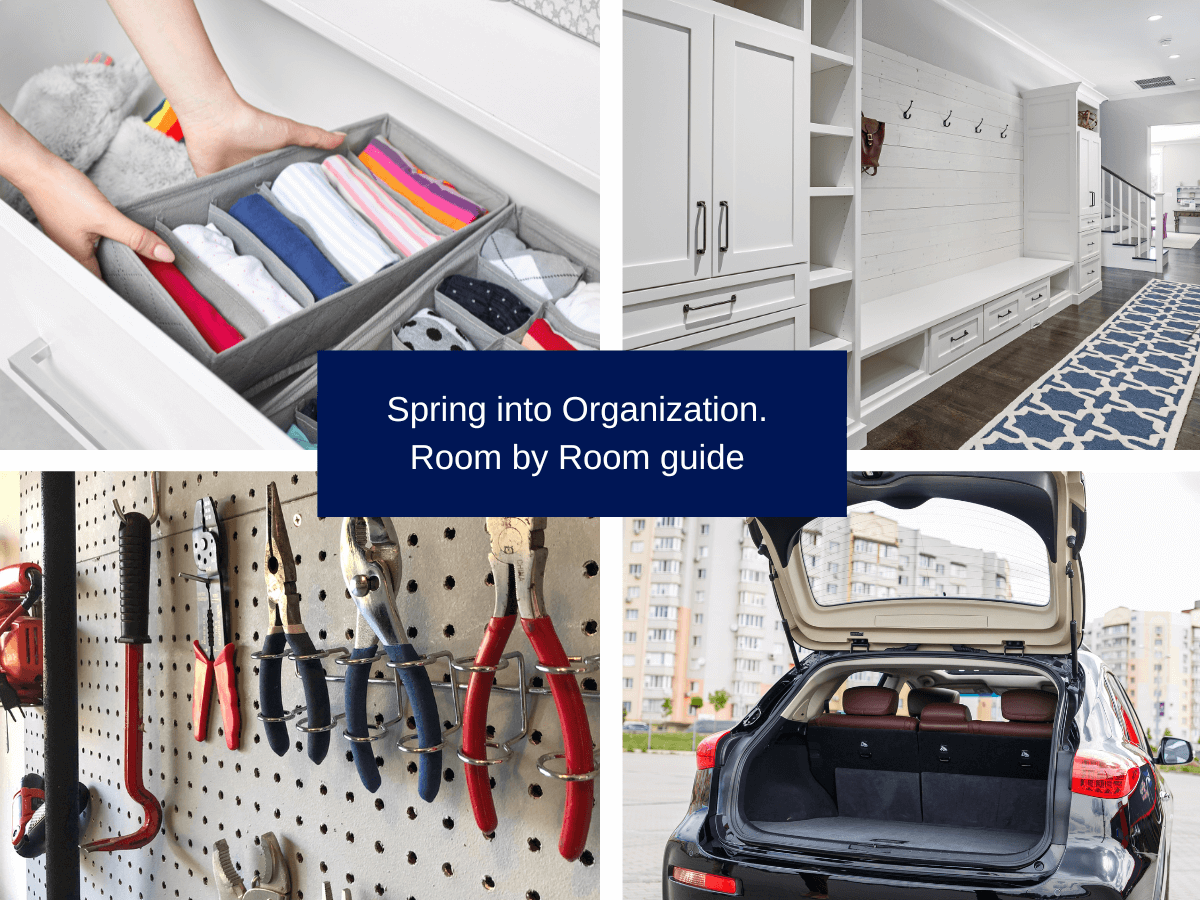Why You Might Hire a Professional Organizer (and Not Feel Guilty About It)
/Honest talk: Hiring a professional organizer doesn’t mean you’re lazy or messy. It means you’re ready for your space to finally work for you instead of against you.
As a profesisonal organizer, I’ve helped clients in every situation : new moms, busy professionals, moves/renos - and they all have one thing in common: they’re tired of living in a space that feels overwhelming.
If you’ve been wondering whether hiring a professional organizer is for you….read on.
1. You’re overwhelmed and don’t know where to start.
Clutter can be paralyzing. You walk into a room, take one look around, and immediately shut down. A professional organizer takes that stress off your plate and turns “I don’t know where to start” into “I can’t believe it’s done.”
2. You’re short on time.
Between work, family, and our day to day life, organizing might be the last thing on your list. A professional organizer gets it done efficiently so you can stop feeling guilty about the mess and focus on what matters.
3. You’ve had a major life change.
Moving, downsizing, having a baby, or experiencing a loss - any big shift can throw your routine out the window, and that impacts your home.
4. You want systems that actually last.
Anyone can do a big clean-out. But a professional organizer creates systems tailored to your lifestyle, so things stay organized long-term — not just until the next busy week.
5. You want your home to feel calm again.
When your surroundings are cluttered, your mind feels cluttered too. Organizing isn’t about perfection; it’s about peace. A clear space helps you breathe easier and think clearer.
6. You’re moving or renovating.
Before or after a move, organizers make the entire process smoother. From decluttering before packing to setting up your new home efficiently, you’ll start fresh.
7. You want to love your home again.
This one’s simple. You deserve to walk into your space and feel good. When your home feels calm and intentional, you do too.
Hiring a professional organizer isn’t about being perfect - it’s about wanting better. It’s an investment in your peace of mind, your time, and your energy.
















